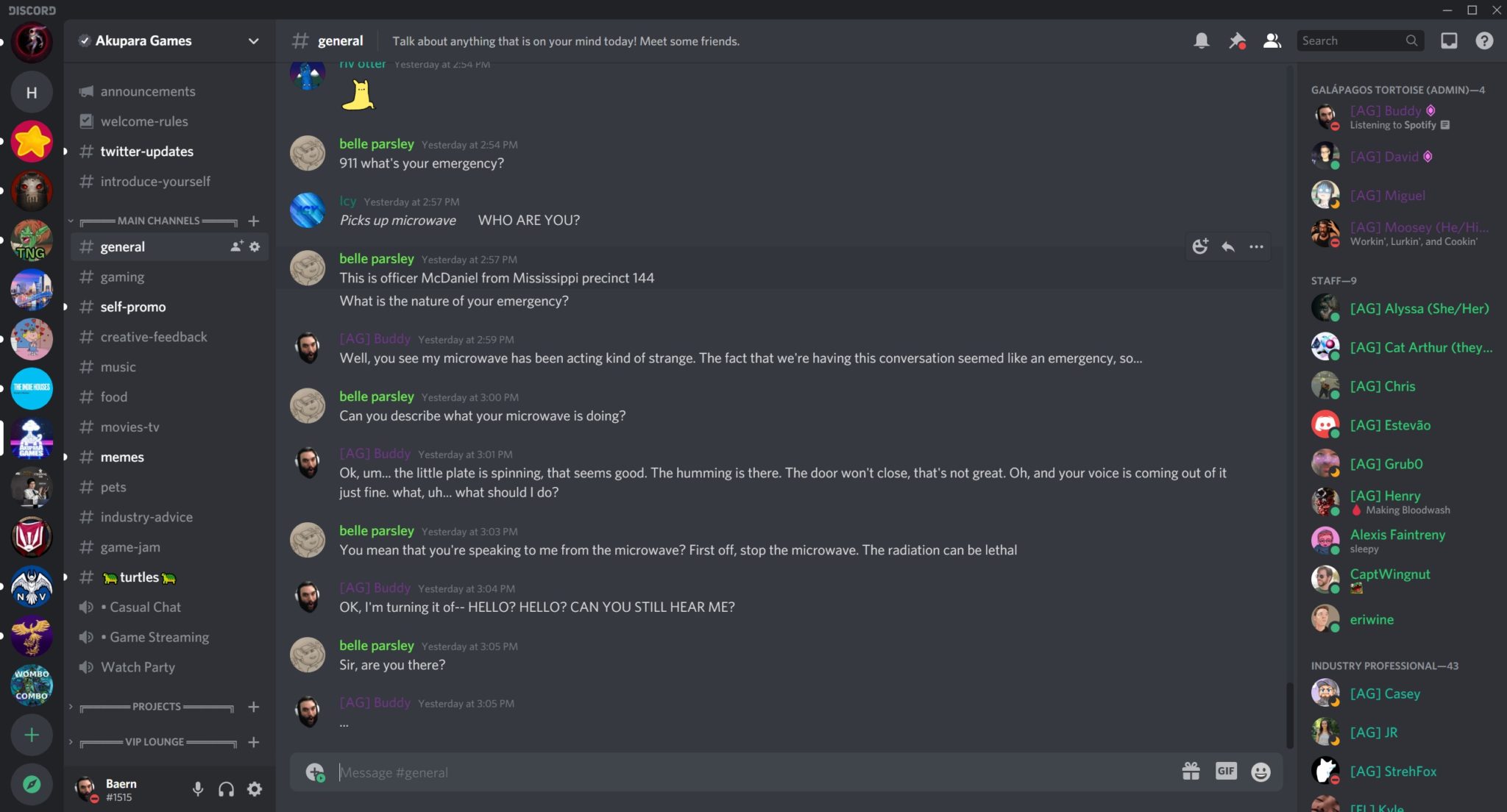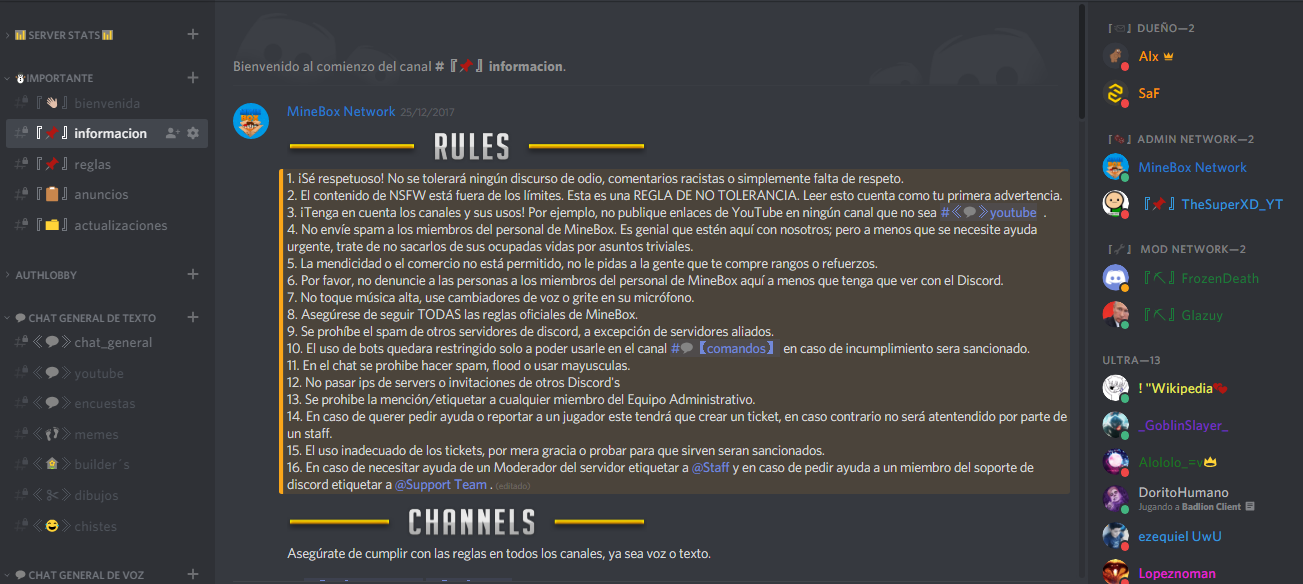Discord is a text and voice messaging application with rapid growth that is perfect for gaming communities. However, Discord Servers is also a fantastic instrument for non-gamers to generate communities and communicate with peers.
You can establish your own servers on Discord, which can be used to conduct a number of events and activities. It is simple to get started and includes several features that may enhance the experience.
Developing a Server
Discord is really a free voice and text messaging application that is perfect for gamers who enjoy communicating with others. You can share animations, videos, and screenshots, and discuss a range of topics.
Consider the reason for your community and the type of experience you intend to create before starting developing your personal Discord Server. Will Website link be considered a hub for recreational gamers or a more organized group of gaming enthusiasts?
After selecting the correct option, you can begin constructing your Discord server. This phase is easy, and you can decide on a template or create your own from inception.
Once the foundation of one's Discord server has been established, you can begin inviting users to join. This is one of the effective methods to set up a lively and engaging community, which will attract more users to your server.
Managing Channels
Discord is really a messaging platform that allows users to create communities for gaming, study groups, peers, and family. It also grants them considerable independence.
While Discord automatically generates a general text and audio channel, it is essential to also establish specialized channels for the server's users. These can include server rules, game-related announcements, and conversations.
The most efficient solution to administer these channels is to categorize them. This will ensure it is easier for members to identify what they're searching for.
It is possible to establish categories via the server's menu or by selecting the plus sign next to each channel. Once a category is created, all of its sub-channels will be organized within it.
By syncing channels to categories, it is simple to configure permissions for each channel in the same manner. This can save a substantial period of time when establishing new channels or administering permissions for existing ones.
Managing Users
Discord is a free text and voice messaging application that can be used by anyone to communicate with peers or form groups. Users can discuss many different topics, including gaming, music, and art.
By the finish of 2020, the platform could have a lot more than 140 million(opens in a new tab) monthly active users. In Discord Servers , it assisted the business in attracting a lot of YouTubers and podcasters.
While the application is an excellent solution to communicate, it has issues with content moderation. Several Discord servers are associated with alt-right or white supremacist movements, as well as other content that's inappropriate for the platform.
The good news is that Discord's server offers a variety of tools for administering user roles and permissions. If you operate a membership-based business, these tools make it simpler to create admin and moderator duties, along with any special responsibilities you offer your members.
Managing Permissions
The permission system in Discord may be used to manage server users. This enables you to construct a secure and efficient server.
There are numerous permission categories. General Permissions, Membership Permissions, Text Channel Permissions, Voice Channel Permissions, and Advanced Permissions are among these.
Open the server settings to administer permissions on your Discord server. Then select Roles in the sidebar on the left.

Then, it is possible to create new responsibilities and administer their permissions. Additionally, it is possible to modify a role's permissions at any time.

Assigning permissions to the @everyone role on your own server may be the simplest method to put them up. New responsibilities on your server will inherit these permissions when you do so.
There are additional options for regulating permissions, such as for example category and channel overrides. However, their implementation could be challenging.
